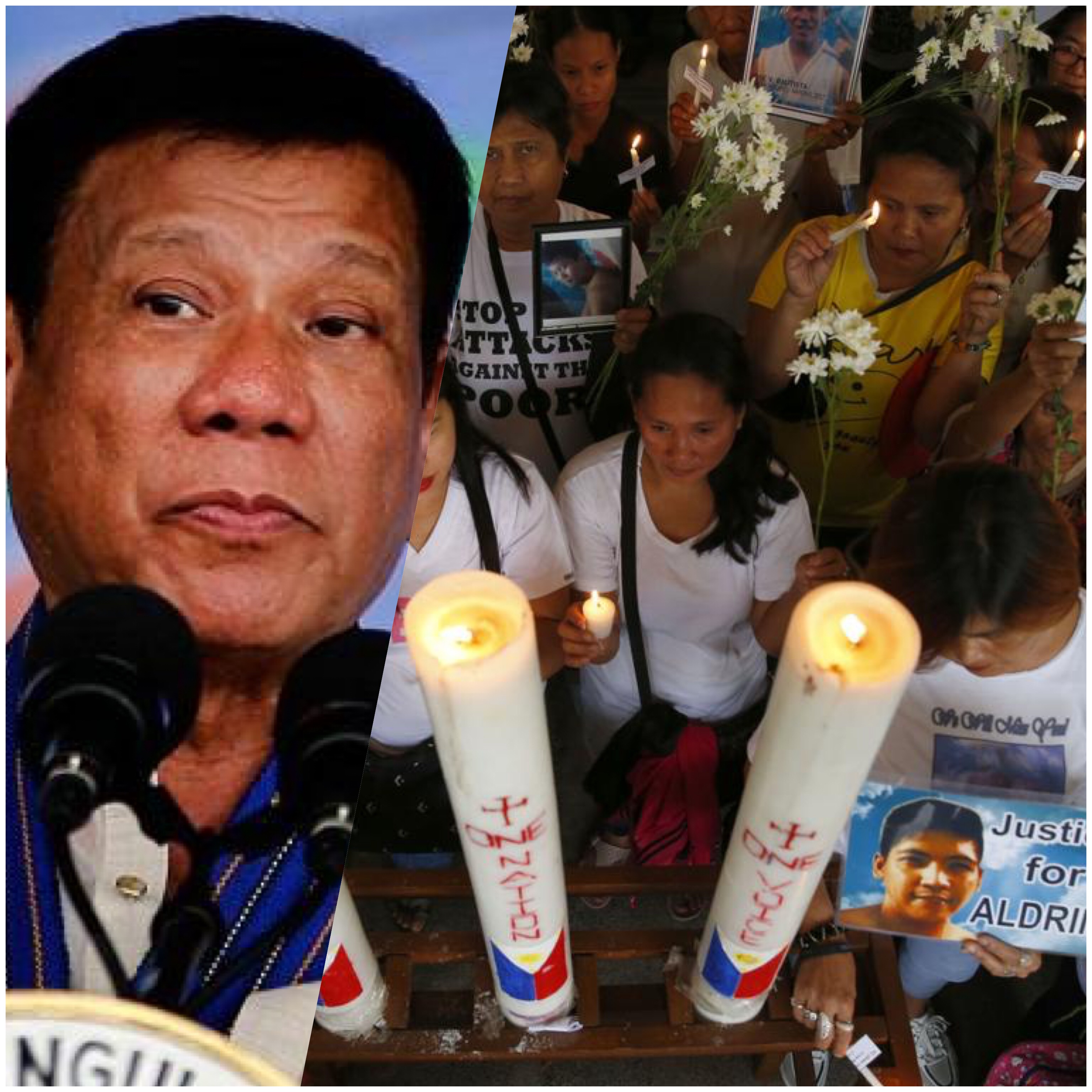The “Hikikomori” of Japan, First Webseries of “Tambay and Hikikomori” Can you imagine how organize and efficient Japan on data gathering by establishing statistics about their “Hikikomori” but in the Philippines we may have little data on Tambay scattered through-out the streets of the country. Who are these “Hikikomori” of Japan and who are the “Tambay” of Philippines? Let’s find-out by exploring the streets of Japan and Philippines. (adsbygoogle = window.adsbygoogle || []).push({}); As per NHK Report, Hikikomori is defined by Japan’s Health Ministry as a social lifestyle in which “a person does not go to work or school, rarely interacts with people other than their family members and has been isolated or a housebound for a period of six months and longer”. They are usually adolescent males who have an abnormal avoidance of social contact. According to latest survey conducted last December 2018, there is estimated 541,000 Hikikomori with ages ranging from 15 to 39 years old. But there more on 40 to 64 years old range with estimated number of 613,000 people. It means that through-out Japan that there are an estimated number of 1,154,000 Hikikomori living with their families
Read More >The “Tulisan” are the robberies who stole sacks of palay, chicken, cows and carabaos then sell it to the other town market or “Mercado”. Their numbers are around 30 to 50 adolescent males who used “gulok” or “itak” (big knife) when they robbed small villages. But the number of “Piratang Dagat” is lesser compared with “Tulisan”. Through-out the history of Philippines, once they become “Tambay” that there is certain kind of criminal tendency that they commit to the society. As with the recent hit by “Oplan Tokhang” targeting different group of drug dealers and other criminal elements, it is the “Tambay” who are most affected since most of them are always on the street. There must be a resolution curving the number of “Tambay”. The Philippine Government specifically the Philippine Statistics Authority and Department of Labor to declassify who are the legitimate to use the title fisherman, farmer, carpenter, laborer, jeep/tricycle/tuktuk driver and construction worker. The use of the title for the said jobs must comply with a requirement by being employed with regular compensation from a company otherwise they will tick the mark “Tambay” including those freelancers working on the sam
Read More >Japan has the most care for their “Hikikomori” by looking on their status as a part of social norm, securing their welfare is the most anticipated action by Japanese Government. But Philippines has different way of treatment for “Tambay” since historically Filipinos are always deprived by opportunities. Who are these people called “Tambay”, does the Philippine Statistics Authority have data on “Tambay” throughout the country? What are their usual activities on daily basis? Let’s do “tokhang” (knock on the door) by exploring the street of Philippines to find-out the status of “Tambay”. Is “Tambay” a lifestyle culture also of Philippines same as “Hikikomori” of Japan or they are threat to the security of the country? (adsbygoogle = window.adsbygoogle || []).push({}); The “Tambay” term usually coined as “Taombahay” or housebound same as “Hikikomori” who choose not to work or lost the motivation to find work. They should be inside the house but since Philippines has temperate climate so the side of street or small pathways become their hiding place. If Philippine climate same as Japan or South Korea then there will be no "Tambay" on the street, so the climate is one of the culpri
Read More >Can you imagine how organize and efficient Japan on data gathering by establishing statistics about their “Hikikomori” but in the Philippines we may have little data on Tambay scattered through-out the streets of the country. Who are these “Hikikomori” of Japan and who are the “Tambay” of Philippines? Let’s find-out by exploring the streets of Japan and Philippines. As per NHK Report, Hikikomori is defined by Japan’s Health Ministry as a social lifestyle in which “a person does not go to work or school, rarely interacts with people other than their family members and has been isolated or a housebound for a period of six months and longer”. They are usually adolescent males who have an abnormal avoidance of social contact. (adsbygoogle = window.adsbygoogle || []).push({}); According to latest survey conducted last December 2018, there is estimated 541,000 Hikikomori with ages ranging from 15 to 39 years old. But there more on 40 to 64 years old range with estimated number of 613,000 people. It means that through-out Japan that there are an estimated number of 1,154,000 Hikikomori living with their families far from social contact. (adsbygoogle = window.adsbygoogle ||
Read More >




